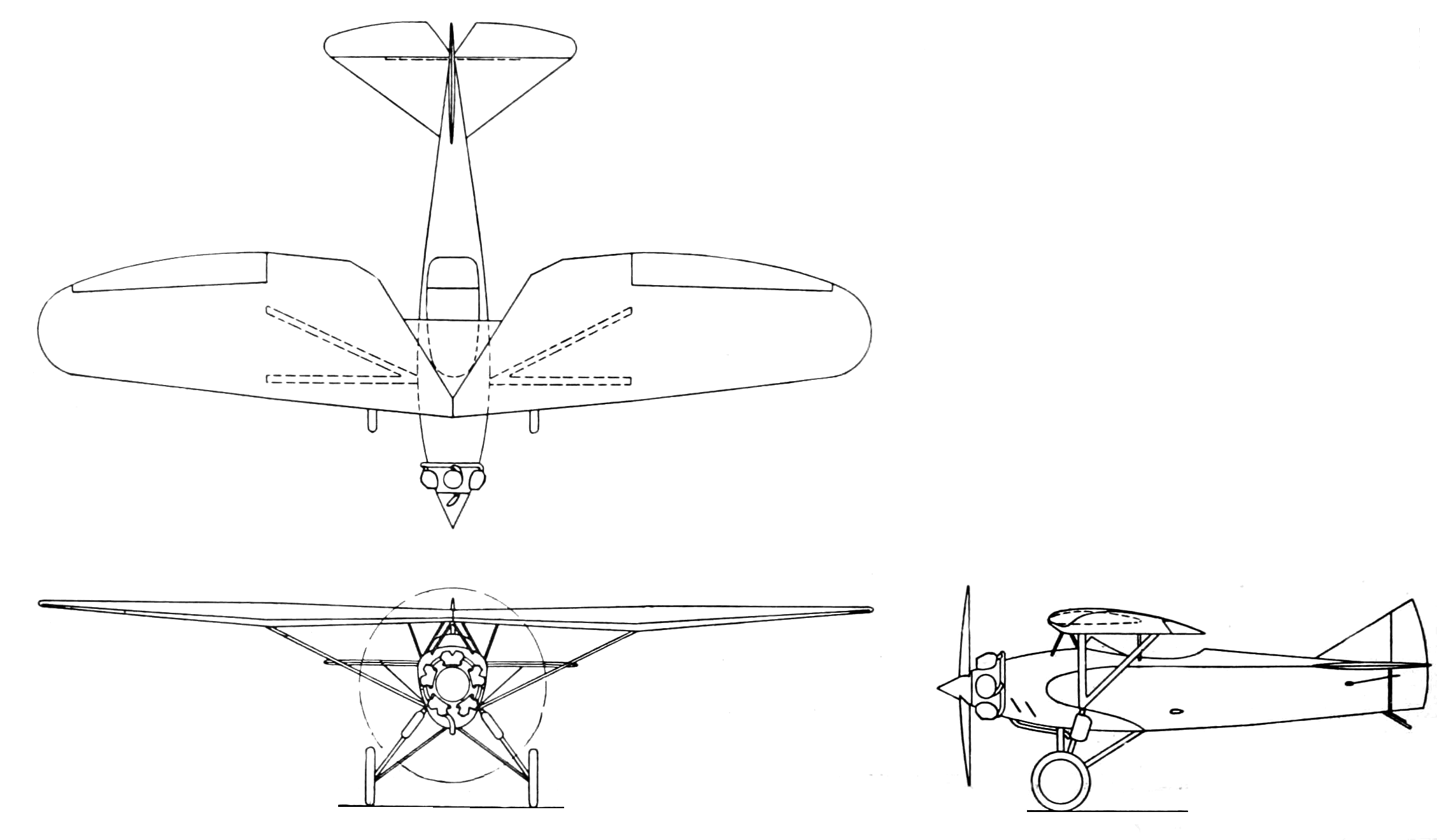Vulcan American Moth Monoplane on:
[Wikipedia]
[Google]
[Amazon]
The Vulcan American Moth Monoplane was an early

parasol-wing
A monoplane is a fixed-wing aircraft configuration with a single mainplane, in contrast to a biplane or other types of multiplanes, which have multiple planes.
A monoplane has inherently the highest efficiency and lowest drag of any wing con ...
monoplane
A monoplane is a fixed-wing aircraft configuration with a single mainplane, in contrast to a biplane or other types of multiplanes, which have multiple planes.
A monoplane has inherently the highest efficiency and lowest drag of any wing con ...
developed by the Doyle brothers.
Development
Wilson Doyle graduated Harvard in 1925, and his brother Harvey fromYale
Yale University is a private research university in New Haven, Connecticut. Established in 1701 as the Collegiate School, it is the third-oldest institution of higher education in the United States and among the most prestigious in the wor ...
the same year. They moved to Detroit looking for employment in aviation and backing for a new aircraft design. Their first job was working as draftsmen on the ZMC-2 airship, then construction on the Hess H-1 Bluebird line. Ford Trimotor engineer Jan Pavlecka introduced the brothers to William Burke of the Vulcan Last Company, which produced golf clubs among other items. They founded the Vulcan Aircraft Corporation. The name of their first aircraft was chosen to capitalize on the popularity of the de Havilland Tiger Moth.
Design
The American Moth is a strut-braced,high-wing
A monoplane is a fixed-wing aircraft configuration with a single mainplane, in contrast to a biplane or other types of multiplanes, which have multiple planes.
A monoplane has inherently the highest efficiency and lowest drag of any wing co ...
monoplane with conventional landing gear
Conventional landing gear, or tailwheel-type landing gear, is an aircraft undercarriage consisting of two main wheels forward of the center of gravity and a small wheel or skid to support the tail.Crane, Dale: ''Dictionary of Aeronautical Term ...
and a tandem
Tandem, or in tandem, is an arrangement in which a team of machines, animals or people are lined up one behind another, all facing in the same direction.
The original use of the term in English was in ''tandem harness'', which is used for two ...
open cockpit, requiring the front passenger to enter through the removable backrest between cockpits. The fuselage
The fuselage (; from the French ''fuselé'' "spindle-shaped") is an aircraft's main body section. It holds crew, passengers, or cargo. In single-engine aircraft, it will usually contain an engine as well, although in some amphibious aircraf ...
is made of welded steel tubing with fabric covering. The tapered wings use spruce spars with aluminum
Aluminium (aluminum in American and Canadian English) is a chemical element with the symbol Al and atomic number 13. Aluminium has a density lower than those of other common metals, at approximately one third that of steel. It ha ...
wing rib
In an aircraft, ribs are forming elements of the structure of a wing, especially in traditional construction.
By analogy with the anatomical definition of "rib", the ribs attach to the main spar, and by being repeated at frequent intervals, form ...
s. The ailerons and elevators
An elevator or lift is a cable-assisted, hydraulic cylinder-assisted, or roller-track assisted machine that vertically transports people or freight between floors, levels, or decks of a building, vessel, or other structure. They are ...
used aluminum push-pull tubes rather than cables for control deflection. The standard factory paint scheme was scarlet, red and ivory.
A selection of engines could be fitted; 60 or 90 hp Le Blond, 60 or 80 hp Anzani, or a 70 hp Ryan-Siemens.
Operational history
Pathe News filmed ground runs of the American Moth. The first test flight was flown by Pat Love. Vulcan promoted its aircraft by touring from city to city golf courses having promoter Benny Martinez parachute with a set of Vulcan golf clubs. Martinez eventually broke his leg and Vulcan's chief pilot Pat Love died a year later in a crash. The 3,300 mile tour concluded in March 1928. Later that year, Burke died of a heart attack and the assets of the company were sold to Davis Aircraft in Richmond, Indiana. Dwight Huntington modified the drawings to produce the Davis V-3, Davis D-1, and a custom racer totaling about 60 aircraft built, before the company stopped production in 1929 after a doping-process fueled fire.Variants
* Davis V-3Specifications (60 hp Le Blond engine)

References
*External links
* {{webarchive, title=Vulcan American Moth , url=https://web.archive.org/web/20160304080815/https://www.eaa119.org/node/41 Parasol-wing aircraft Single-engined tractor aircraft Aircraft first flown in 1928 1920s United States sport aircraft